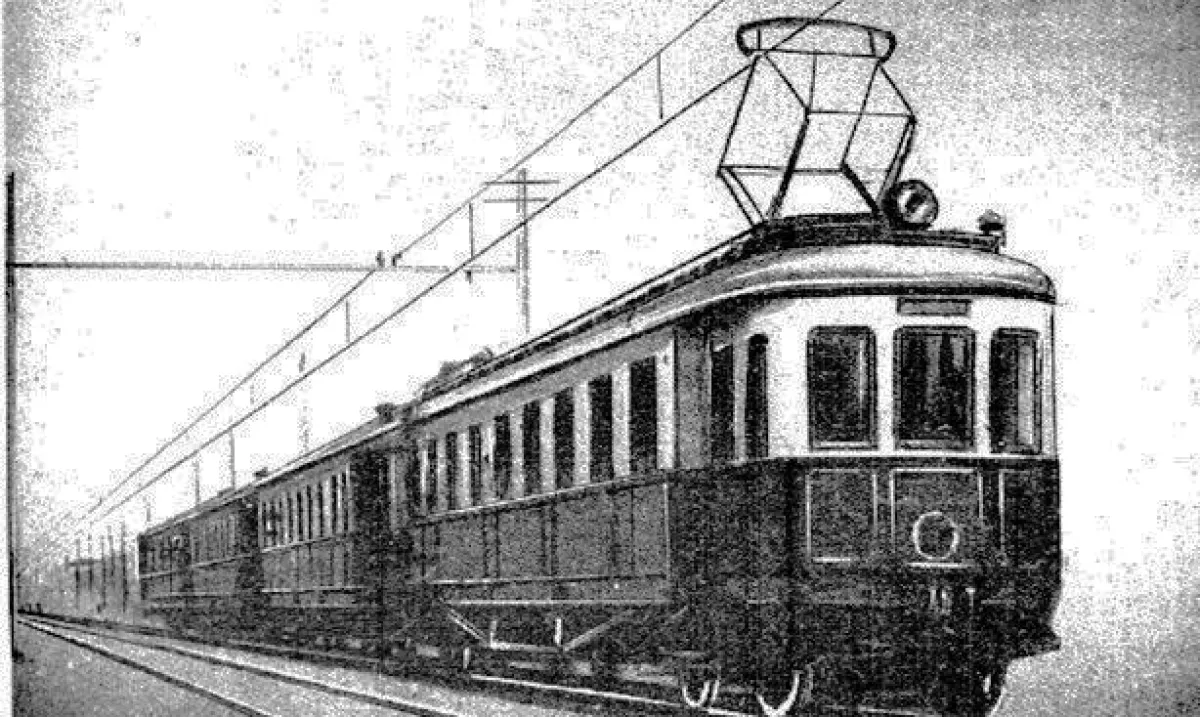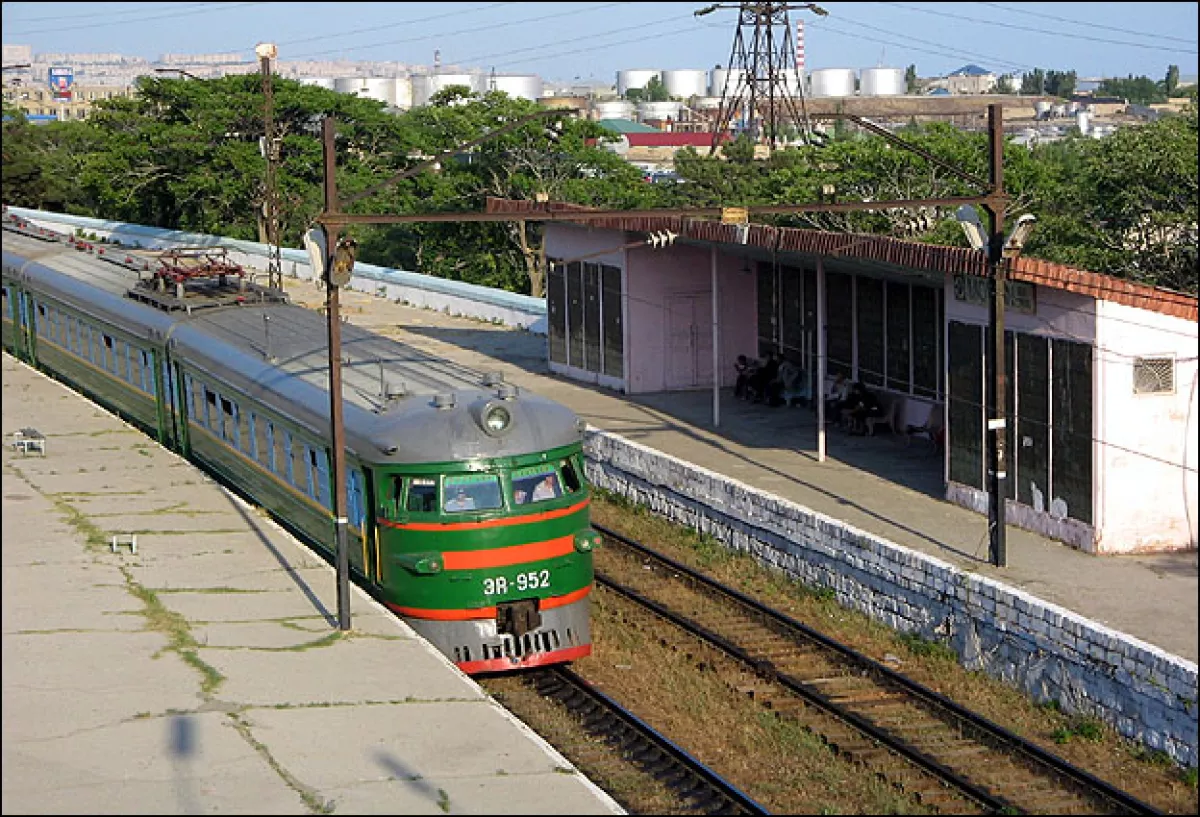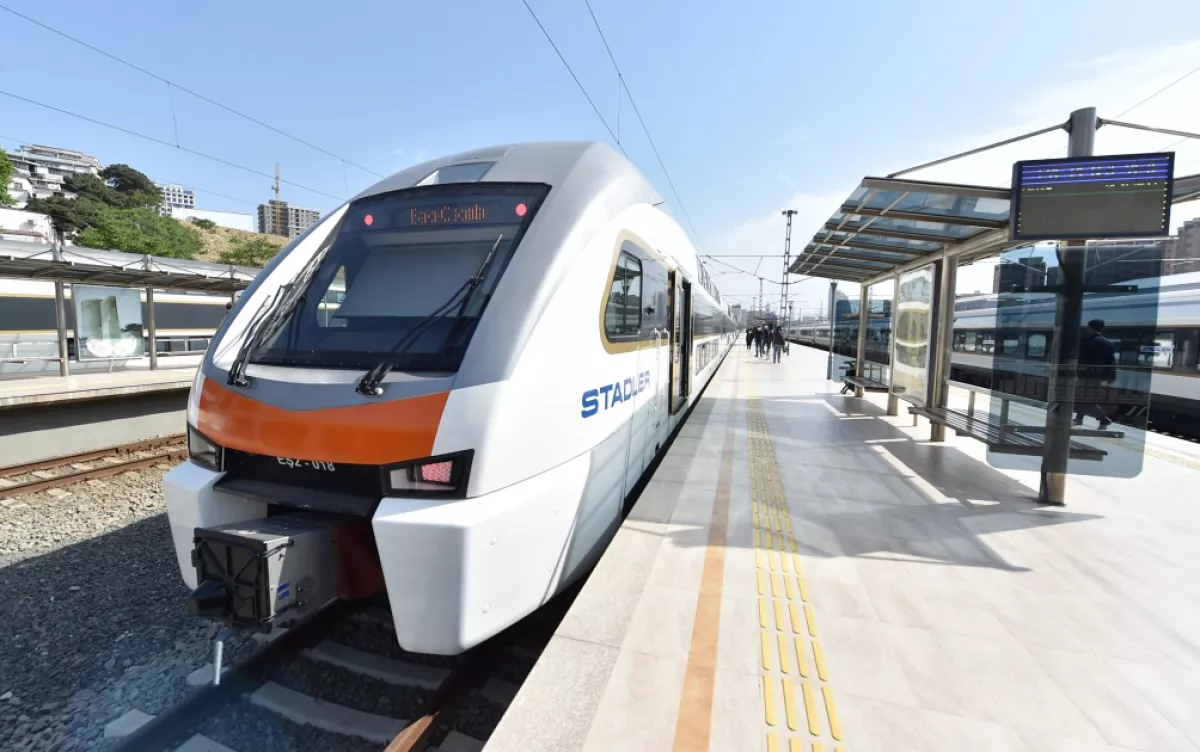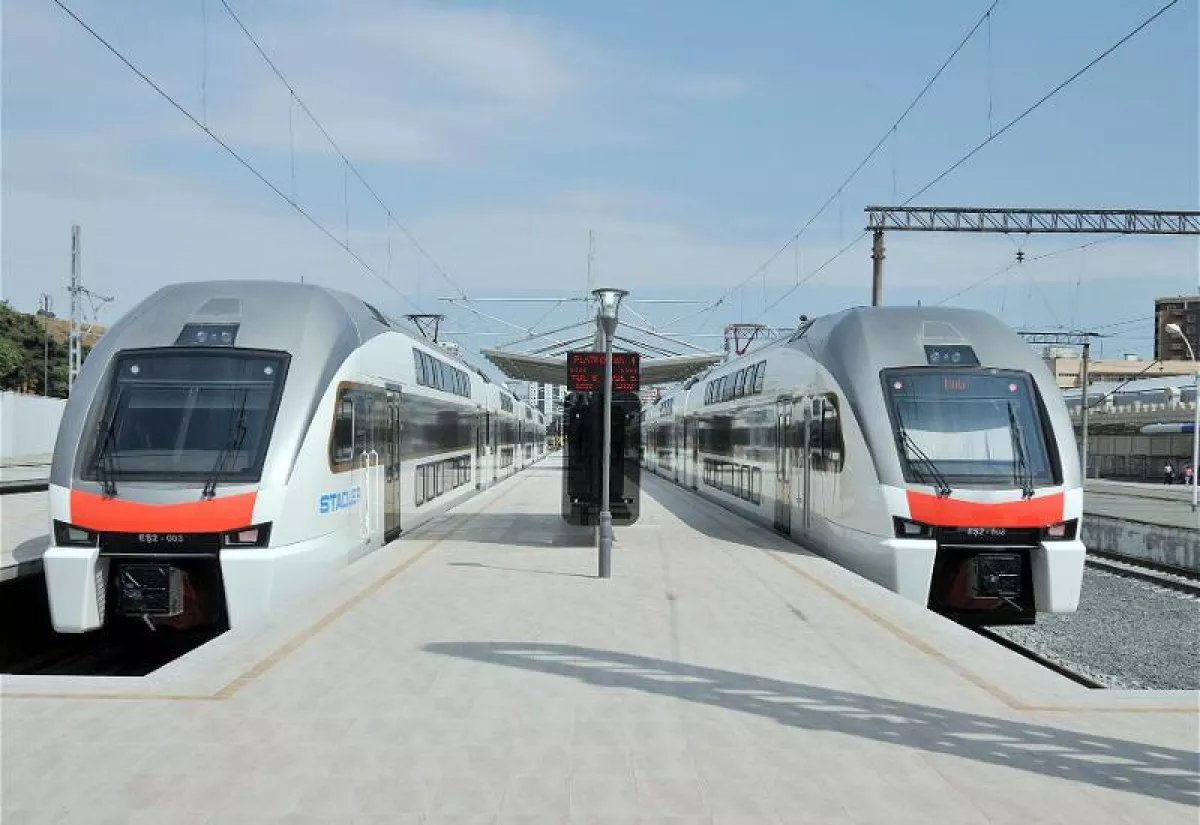Commuter trains return to Baku's suburbs New plans and projects unveiled
Commuter rail passenger services have long become a mainstream trend, and in many major cities around the world, commuter trains successfully compete with buses and personal cars in close cooperation with metro systems. The dynamic growth of passenger traffic in the Greater Baku agglomeration has made the revival of rail connections with the suburban settlements of the capital an unavoidable necessity, and since 2015, a number of projects have been implemented in this direction.
According to the "State Program for the Improving of Transport Infrastructure in Baku and Surrounding Areas for 2025–2030," approved by President Ilham Aliyev on January 30, the railway component plays one of the key roles in addressing the transportation challenges of the capital.
The history of railways in Azerbaijan dates back to January 1880, when the first Baku-Sabunchu-Surakhani line, spanning 20 km, was put into operation. Initially, this railway infrastructure primarily served to transport oil from the Absheron oil fields to the Baku port, as well as to carry oil workers to extraction sites. Notably, the first electric train in the Soviet Union was also launched on this very same Baku-Sabunchu-Surakhani route on July 6, 1926.

Later, in 1939, the electrified Baku-Buzovna railway was commissioned, followed by the Buzovna-Mardakan-Gala line in 1949. As a result, by the second half of the 20th century, most of Absheron's settlements were covered by electrified railway lines. Having undergone several stages of rolling stock upgrades, suburban electric trains became an integral part of the city's transport system.

A new phase in the revival of the passenger railway system in Greater Baku began about a decade ago. On September 12, 2015, the Baku-Sumgayit line was launched, featuring modern and comfortable double-decker electric trains of the KISS series, manufactured by the Swiss company Stadler Rail Group. In the spring of 2020, additional components of the Absheron Circular Railway were also put into operation.
The growing trust of passengers has been driven by improved travel conditions, the modernization of rolling stock, and the expansion of routes equipped with high-speed Stadler Rail Group trains, capable of reaching speeds of over 80–90 km/h on straight railway sections. In contrast, traditional intercity buses travelling on roads often encounter traffic congestion, reducing speed and increasing travel time between Baku and its suburbs.
The high efficiency of modern commuter trains in Absheron has significantly boosted Azerbaijan’s passenger rail transport figures. Between 2020 and 2023, the number of railway passengers increased 3.4 times, reaching 7.19 million people—the highest figures since 1995. Given the growing demand for passenger transportation on the Absheron Circular Railway, Azerbaijan Railways CJSC (ADY) has been steadily increasing the number of train services on the Baku-Khirdalan-Sumgayit and Baku-Pirshagi-Sumgayit routes.
In turn, ADY aims to gradually expand passenger traffic by introducing additional rolling stock on the most in-demand routes. Since early 2024, the railway authority has been upgrading platforms at stations in Bilajari, Khirdalan, and Gabala to accommodate new Stadler FLIRT diesel trains. Additional lower-height platform sections are being constructed alongside existing high platforms designed for Stadler KISS double-decker trains, ensuring compatibility with the new single-deck FLIRT trains.

In the post-pandemic period, Azerbaijan Railways CJSC (ADY) launched a three-year strategic plan for the phased expansion of passenger transportation, including new routes covering additional settlements across various regions of Azerbaijan. As part of this plan, high-speed trains were introduced a year ago on the Baku-Gabala-Baku and Baku-Agstafa-Baku routes.
Under a contract signed with Stadler for 2023–2024, ADY ordered ten single-deck FLIRT trains, each consisting of five carriages. Of these, six are electric trains, while four are diesel-powered, designed for operation on non-electrified routes. These diesel trains are intended for routes such as Baku-Lankaran-Astara, Baku-Aghdam, Baku-Balakan, and Baku-Zangilan, where electrification is either absent or only partially implemented.
According to ADY, the FLIRT diesel-electric trains, with a capacity of 236–270 passengers, include a dining car offering refreshments and snacks, designated spaces for passengers with disabilities, and storage areas for bicycles. The new trains are also equipped with Fluidmesh technology, ensuring fast and uninterrupted internet access for passengers, along with a multimedia system for streaming various entertainment programs.

An additional boost to the modernization and development of passenger rail transport on the Absheron Peninsula will come from the “State Program for the Improving of Transport Infrastructure in Baku and Surrounding Areas for 2025–2030”, approved by Azerbaijani President Ilham Aliyev. Under this program, 20 passenger trains are set to be acquired between 2025 and 2030. The plan includes provisions for financing, procurement preparations, contract signing with suppliers, and the phased introduction of new rolling stock.
A key objective of the program is the expansion of the Absheron Circular Railway. Between 2025 and 2027, track capacity will be increased, and high-speed electric train services on the Baku-passenger – Bilajari-Khirdalan-Sumgayit route will be expanded, alongside the construction of new railway stations along this segment. Similar work will be carried out from 2026 to 2028 on the Baku-passenger – Pirshagi-Sumgayit route, while the Bakikhanov-Bina-Gala railway line will also be restored during this period.
Further developments include the restoration of the Yeni Surakhani-Hovsan railway line in 2026–2027, and the construction of a new Zabrat-Mashtaga-Baglar railway line in 2028–2030. Another major project involves the restoration of the Guzdek-Garadagh railway line between 2027 and 2029, primarily for freight transport. However, its launch is expected to reduce the interval between commuter trains on the Baku-Khirdalan-Sumgayit route.
The new suburban railway routes in Greater Baku will be equipped with modern rolling stock. To optimize its maintenance and repair, Azerbaijan Railways CJSC (ADY) and Stadler Rail Group signed an agreement in October 2023 for the construction of a Regional Service Center in Boyuk-Shor.
Carrying out scheduled maintenance of Stadler trains directly in Azerbaijan will ensure a fleet readiness rate of over 95%, significantly saving both time and costs.








